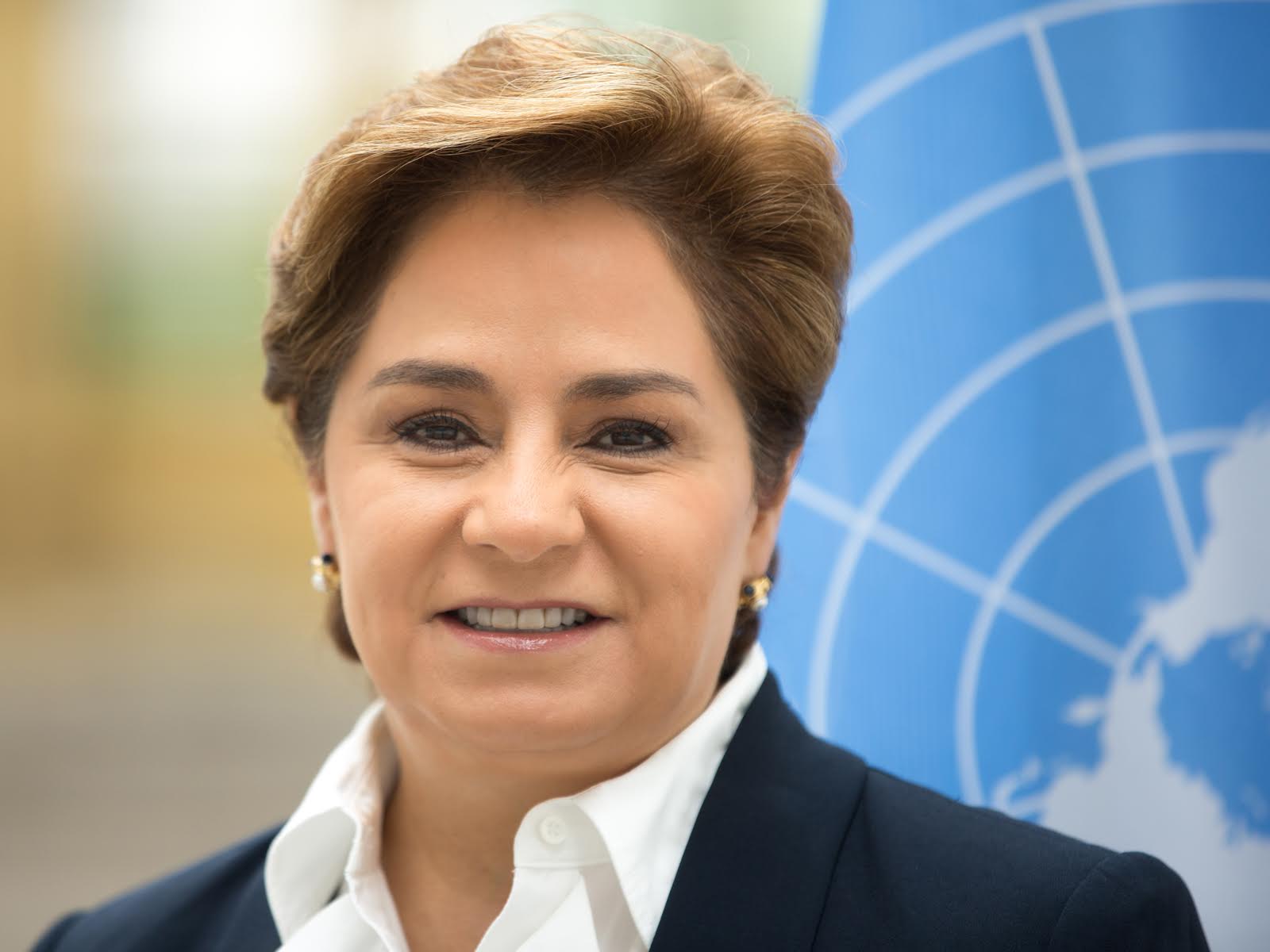ENVIRONMENT: Women To Save the World

By Patricia Espinoza
OUR ERA is one of both grave threat and great opportunity. Among the laundry list of threats to our world, climate change more often than not makes these challenges worse. The loss of lives and livelihoods from the impact of climate change and other threats is unacceptable. The human and economic costs of failing to act are too high.

Acting on climate change also presents a great opportunity. It is a path to lasting peace and widespread prosperity. Climate action can lift people out of poverty and ensure their needs are met, even as the world’s population creeps towards 10 billion by 2050.
Transformation
In this moment, our multilateral system is being tested. National governments alone cannot deliver lasting prosperity without a transformation of social and economic development that seeks to minimise risk and seize the opportunity we have.
Transforming our societies and our economies is an agenda that requires the participation of all. Gender equality and the empowerment of women and girls are key. Including and empowering women and girls to develop and implement climate solutions is the right thing to do. It is also the smart thing to do.
Including women in climate policy and solutions can enhance the results, leading to more economic growth and sustainable outcomes. However, we cannot take for granted that gender equality and women’s empowerment in the field of climate change and sustainable development will happen automatically.
Barriers
Around the world, barriers that are too often cultural, structural and institutional must be overcome to ensure that women have the voice, agency and authority to fully and effectively contribute to – and benefit from – climate solutions.
There is growing worldwide recognition of the urgent need to increase the number of women in decision-making and leadership roles to address climate change and sustainability.
But persistent barriers remain across all sectors of the economy – in private enterprise, public and political institutions and entrepreneurship. It is a dynamic we can and must change. The C40 Women4Climate initiative, for example, facilitates dialogue between current global and local leaders and young women, who must be part of our next generation of leaders.
I am very pleased to be a global mentor under the initiative and I am working to enable more young women to step up to the challenge of climate change in their own communities. In June 2017 I was fortunate to be offered the opportunity to join the International Gender Champions network and help empower more women leaders. I am doing everything I can to create more space that gives women a voice.
As one of my commitments, I signed the panel parity pledge, meaning that I will request organisers of any event at which I am speaking to aim for gender balance among speakers in panel discussions. I plan to hold all organizations to account. I want to ensure that when we talk about a topic as significant as climate change, women who are working in this field are provided with an equal opportunity to share their knowledge and perspectives.
This both enriches discussions and raises the visibility of strong female leaders and experts.
The UN Climate Change secretariat’s own Momentum for Change initiative is also raising the visibility of women acting on climate change.

We will continue to shine a light on efforts such as Dar Si Hmad, from Morocco. This women-led group designed and installed the world’s largest operational fog-water harvesting system.
They use 600 square metres of special nets to harvest fresh water from fog, which provides water for more than 400 people in five vulnerable communities on the edge of the Sahara Desert. As Jamila Bargach, director of Dar Si Hmad, explained to me, it is not just about the environment and building climate resilience.
“Women have gained back half a day that they have put into economic activities like Argan Oil production,” says Bargach. “This has been good for them, for their households and for their communities.” This is just a single example that illustrates the multiple benefits that can be achieved when women lead the design and execution of climate solutions.
Slowly, we see progress at the community level and at the international level. Women are gaining ground in rural agricultural communities and in the largest, fastest-growing cities. But those who are in power now need to create space at the table and deliver the opportunity to be heard.
Leaders must listen to all voices, especially the historically under-represented, and listen with sincerity and serious thought.
Climate action offers the opportunity to transform social and economic development for the better. We must take this opportunity to elevate women and girls as equals in a stable and sustainable society marked by lasting peace and prosperity. That is how women will save the planet.
Patricia Espinosa is Executive Secretary of the United Nations Framework Convention on Climate Change (UNFCCC) since July 2016. She was Mexico’s Foreign Affairs Minister 2006- 2012, Ambassador of Mexico to Germany2001-2002 and since 2012.





